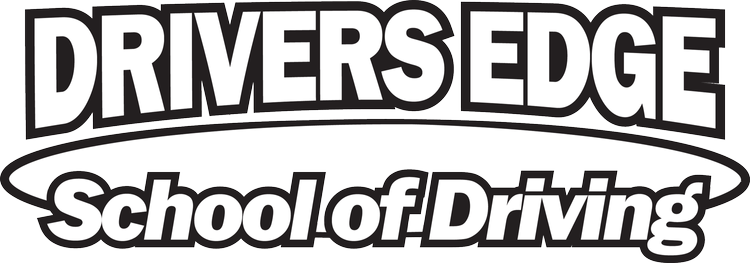The 10 Steps Of Jumping A Dead Car Battery
Being stranded with a dead battery is one of the last things a motorist wants. Luckily, jump-starting a dead battery is not too difficult. However, there are some important steps that if done incorrectly could cause serious harm to yourself or your vehicle. There are many reasons the battery could be dead, the lights could have been left on, the battery could be old, the weather could have dropped to an extremely cold temperature, or it could have exploded.
Step 1: Notice that the battery of your car is dead or lacking enough charge to start your vehicle. The headlights or some electronic running, but the car not starting for a lack of amperage. A funny smell from the battery could be an indication of a bad battery. Be careful when inspecting a bad battery in case something is leaking.
Step 2: Locate jumper cables, generally red and black colored cables with large alligator clips on both ends and another vehicle with a working battery.
Step 3: Park and turn off the working car close enough to the stranded vehicle so that the cables can reach. Take a quick view around the area to check for any potential hazards, and dawn safety gear. It isn’t a bad idea to put eye protection and gloves on if you have them.
Step 4: Pop both car hoods and locate the batteries. Make sure nothing looks dangerous to either battery and begin the cable hook-up outlined in the next steps.
Step 5: Connect the RED (positive) clamp (might be yellow) to the Positive terminal of the dead battery usually indicated by a plus sign (+) or being red as well. Make sure to not touch the other clamps to any conductive materials like metal.
Step 6: Connect the other end of the RED cable to the Positive terminal of the working battery. Then, attach the BLACK (negative) cable to the Negative terminal of the Working battery indicated with a subtraction sign (-).
Step 7: Attach the other end of the BLACK cable to a clean metal piece of the engine. (Do not connect it to the negative terminal of the dead battery, this could cause the hydrogen gas above the battery to explode).
Step 8: Start the working battery’s car. Wait for about 3-5 minutes. Then, attempt to start the other car. Once started, wait for about 30 seconds to make sure the car does not stall out. If the car does not start, look over the cables to make sure all is right and wait for a little while longer.
Step 9: Keep the cars running and carefully remove the jumper cables in reverse order. Begin with the BLACK on the metal piece, then go to the BLACK on the other car. Remove the RED clamp, and then the other RED clamp on the car that was just jumped. Be careful to not touch the clamps to anything else while still connected to a battery.
Step 10: Thank the driver of the other vehicle, and go for a drive to allow your alternator to charge your battery back up. It is recommended to drive for around 30 minutes if not more. It is a good idea to have your battery tested. Most auto parts stores provide this service free of charge.
Now, you are no longer stranded and know how to jump a car battery with another car. This one is hard to practice and not advised, but it is wise to know where your battery is located, how to access it, and if you have jumper cables.
Commenter of the Month
Comment down below if you have jumper cables in your vehicle for a chance to be our commenter of the month.
